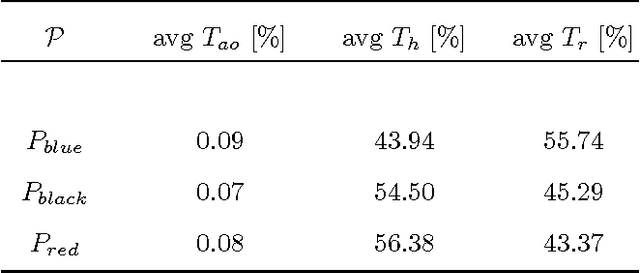Giuseppe Casalino
A Hierarchical Architecture for Human-Robot Cooperation Processes
Sep 06, 2020



Abstract:In this paper we propose FlexHRC+, a hierarchical human-robot cooperation architecture designed to provide collaborative robots with an extended degree of autonomy when supporting human operators in high-variability shop-floor tasks. The architecture encompasses three levels, namely for perception, representation, and action. Building up on previous work, here we focus on (i) an in-the-loop decision making process for the operations of collaborative robots coping with the variability of actions carried out by human operators, and (ii) the representation level, integrating a hierarchical AND/OR graph whose online behaviour is formally specified using First Order Logic. The architecture is accompanied by experiments including collaborative furniture assembly and object positioning tasks.
Flexible human-robot cooperation models for assisted shop-floor tasks
Jul 09, 2017



Abstract:The Industry 4.0 paradigm emphasizes the crucial benefits that collaborative robots, i.e., robots able to work alongside and together with humans, could bring to the whole production process. In this context, an enabling technology yet unreached is the design of flexible robots able to deal at all levels with humans' intrinsic variability, which is not only a necessary element for a comfortable working experience for the person but also a precious capability for efficiently dealing with unexpected events. In this paper, a sensing, representation, planning and control architecture for flexible human-robot cooperation, referred to as FlexHRC, is proposed. FlexHRC relies on wearable sensors for human action recognition, AND/OR graphs for the representation of and reasoning upon cooperation models, and a Task Priority framework to decouple action planning from robot motion planning and control.
 Add to Chrome
Add to Chrome Add to Firefox
Add to Firefox Add to Edge
Add to Edge